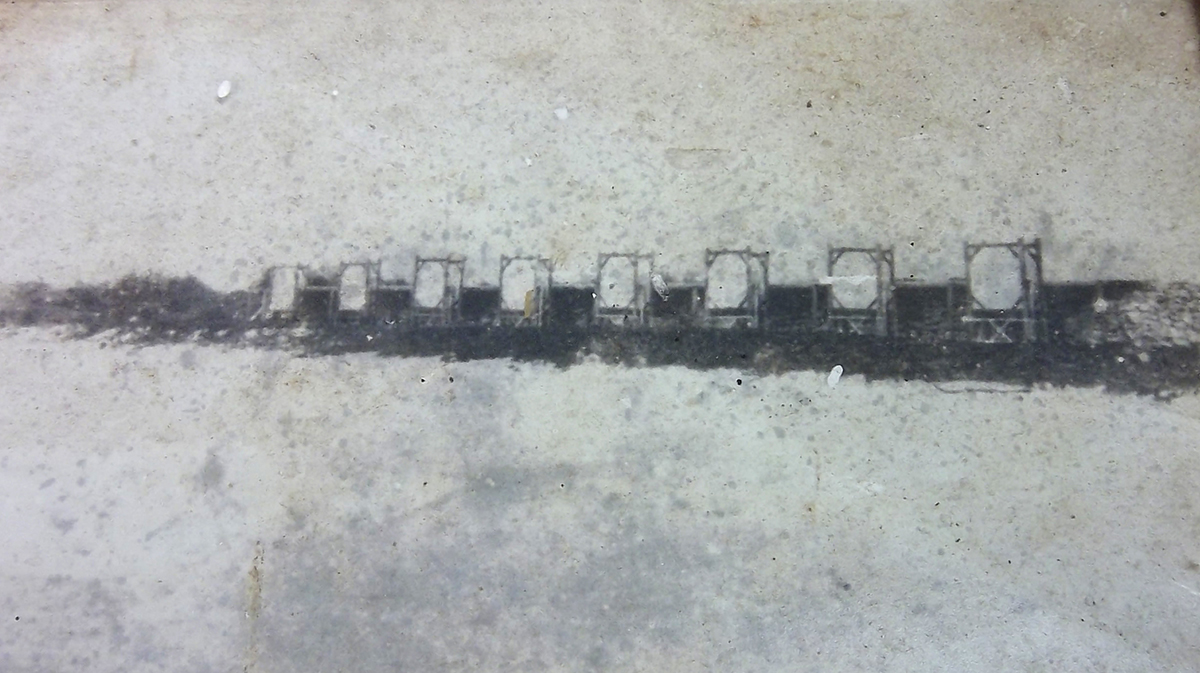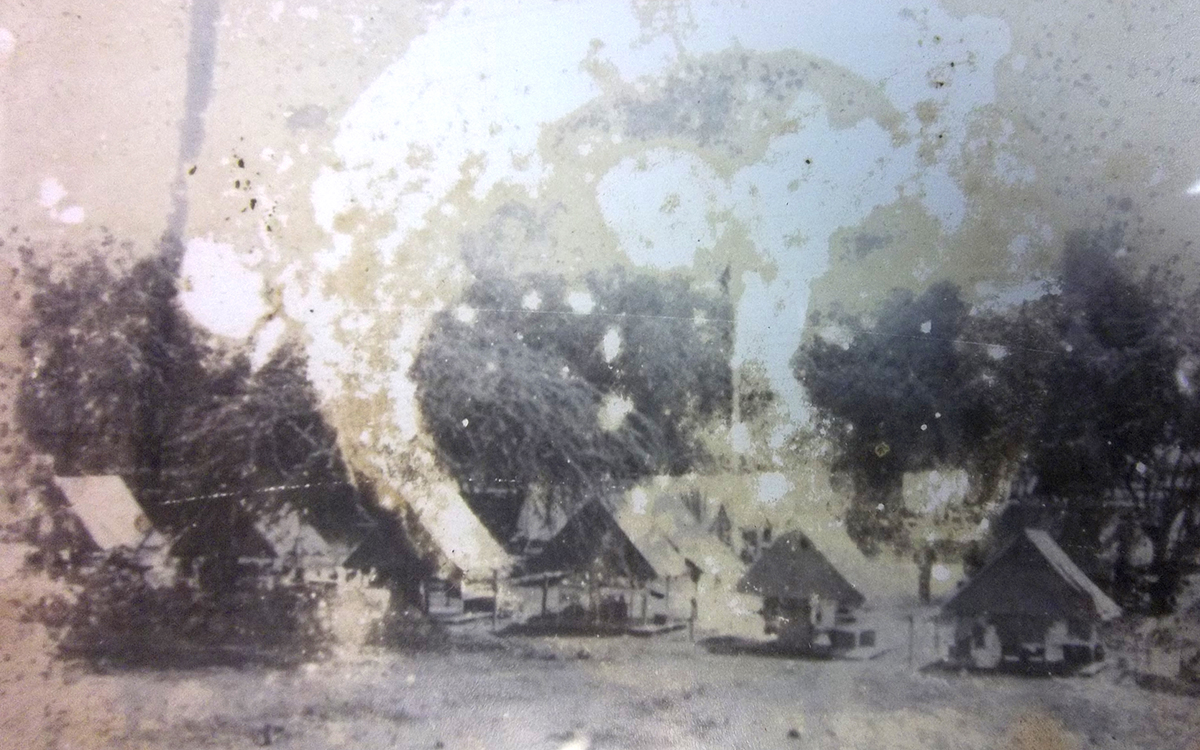Pu‘uloa is located on the south coast of the Ewa Plain, which is underlain by coral reef that formed in shallow ocean water during a higher stand of sea level.
Pu‘uloa is famous as a place where humans first landed on O‘ahu and where breadfruit was first brought to Hawai‘i in the 12th century by the chief Kahai, a grandson of Moikeha, and elder of O‘ahu chief Mailikukahi.
In addition, it is part of the Plain of Kaupe‘a, the realm of homeless or wandering souls. These ghosts or spirits caught pulelehua (moths or butterflies) and nanana (spiders) in the hope of finding helpful ‘aumakua (family deities) who could save them (Kamakau 1968:47, 49; Sterling and Summers 1978:44).
When Captain Vancouver visited this area in the 18th century, he described it as a, “very barren rocky waste, nearly destitute of verdue” (Vancouver 1798:217).
Native Hawaiian habitation occurred along the coast during the pre‐Contact and early post‐Contact periods. However, there is no information from the traditional or archaeological records about habitation within the specific area in which the Puuloa Training Facility is now located.
James Dowsett purchased Pu‘uloa in the 1880s and established a large ranch. His heirs maintained ranching operations on parts of the land through the 1950s. The 137‐acre Puuloa Training Facility is located on land that formerly was of part of this ranch.
The Army acquired Pu‘uloa as part of the Coastal Defense System through negotiated purchases between 1904 and 1921. The area was transferred to the Navy between 1915 and 1916 and became known as Puuloa Military Reservation of Oahu. The Navy developed this area into a small‐arms range, and by 1927, the Puuloa Naval Reservation became known as the Navy Rifle Range.
The Marine Corps maintained the range for rifle and pistol practice. By 1934, it was known as the Marine Corps Rifle Range. During the Vietnam era, Marine training intensified and a sniper school was established at the Puuloa Training Facility. In July 1970, the facility was transferred from Marine Barracks Hawaii (formerly Marine Barracks Pearl Harbor) to Camp H. M. Smith. The 1,000‐yard range supported the sniper school until 1979, when the school was transferred to Marine Corps Air Station Kaneohe Bay (now called MCB Hawaii).

